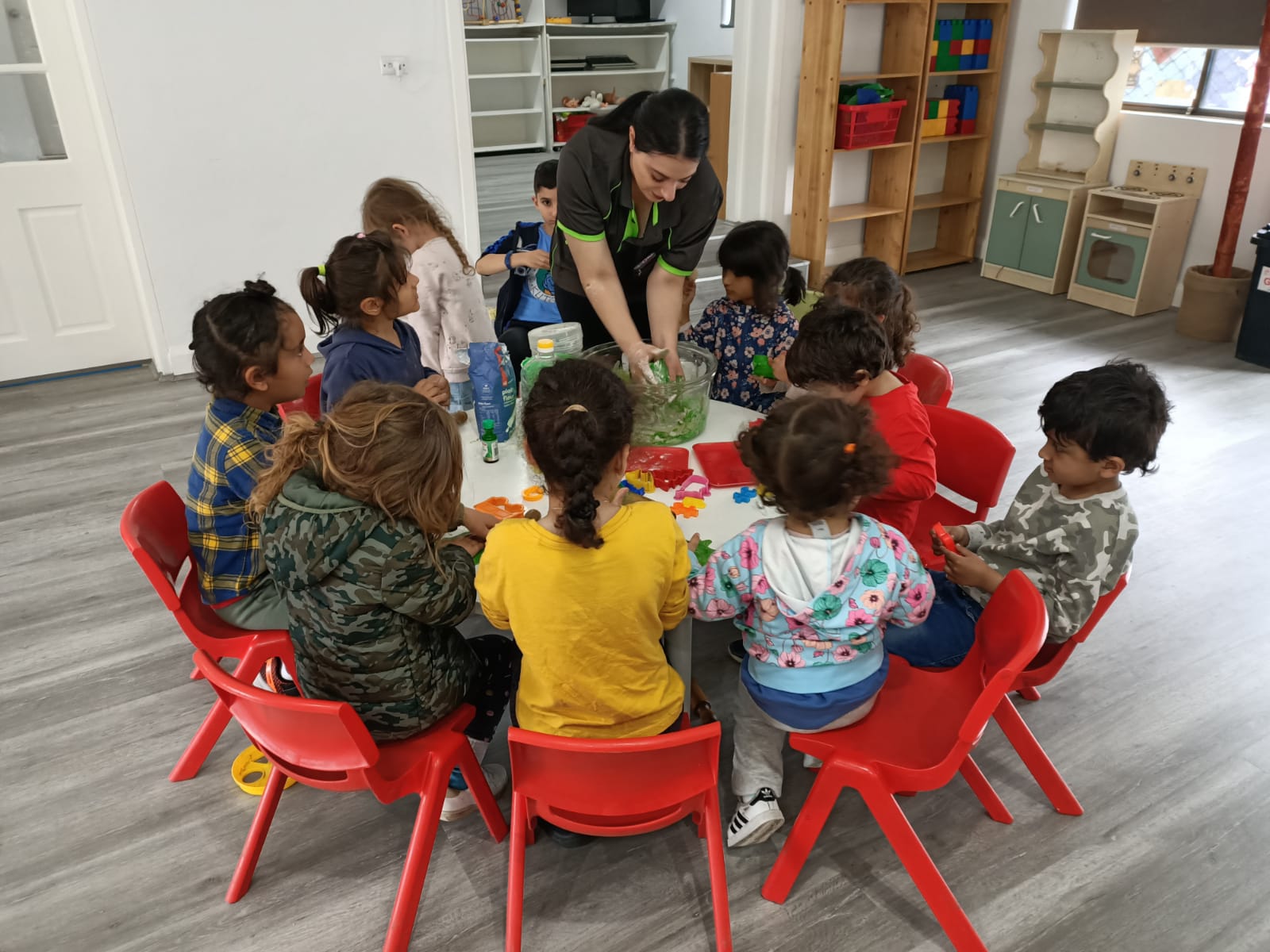How to Help Your Child Settle Into a New Routine Without Resistance
Changes in routine can be tough on kids — especially when they involve new places, new people, and unfamiliar expectations. Whether your child is starting preschool, transitioning into a new school term, or adapting to a more structured daily rhythm, resistance is common. The good news is that with a few simple strategies, you can ease the process and help your child adjust more smoothly. It starts with understanding their experience and offering practical support — whether at home or in environments like child care in Liverpool that focus on positive transitions and age-appropriate routines.
Why Routines Matter for Children
Children thrive on predictability. Routines provide structure and a sense of safety, helping young minds understand what comes next. When routines are consistent, kids feel more in control, which reduces anxiety and emotional outbursts. However, when a new routine is introduced — such as a change in wake-up times, new activities, or attending a different care setting — it can trigger uncertainty and stress, particularly in younger children who may not have the words to express how they feel.
Expect Resistance (And Stay Calm When It Happens)
It’s perfectly normal for children to push back against changes, even if those changes are ultimately beneficial. You might notice crying during drop-offs, reluctance to follow new schedules, or sudden clinginess. Instead of trying to eliminate the resistance, shift your focus to managing it. Your calm response teaches your child that while change is sometimes uncomfortable, it’s also manageable.
- Acknowledge their feelings without judgment: “It’s okay to feel nervous about going somewhere new.”
- Keep your own tone steady and reassuring, even if they’re upset.
- Avoid bargaining or over-explaining — stick to clear, confident language.
Create Predictability with Visual Cues
One of the easiest ways to help kids adjust to routine is by using visual cues. This helps them understand what’s expected and prepares them for transitions.
- Use simple picture charts to show the steps of the morning routine or daily schedule.
- Involve your child in creating the chart to give them a sense of ownership.
- Refer to the chart consistently so it becomes part of the rhythm.
Visual routines are particularly effective with toddlers and preschoolers, but even school-aged kids benefit from having a clear view of how their day is structured.
Make Transitions Smoother with Connection Rituals
When you introduce something new — like getting ready earlier or attending a new care centre — building in short connection rituals can ease the emotional gap. These are small, meaningful moments that create comfort and consistency.
- A special handshake before drop-off
- Singing a favourite song during the car ride
- Giving them a small item from home to hold onto during the day
These rituals give your child something to look forward to and help bridge the emotional distance during unfamiliar parts of the day.
Practice the Routine Before It Becomes the Routine
Don’t wait until the first day of change to introduce the new rhythm. If possible, start adjusting gradually a few days in advance.
- Wake up and get dressed at the new time before the actual change happens.
- Visit the new setting, walk through the space, and meet carers or teachers ahead of time.
- Talk through what the new day will look like using simple language and questions.
Children who have experienced parts of the routine in advance tend to feel more secure and less overwhelmed when the full change takes place.
Be Consistent but Flexible
It’s a fine line: you want to stick to the new routine so your child can adapt, but you also need to recognise that not every day will go perfectly. Build in a bit of buffer time when possible, especially in the first few weeks.
- If a meltdown happens, take a breath and reset rather than giving up on the whole plan.
- Celebrate small wins — even brushing teeth without a fuss is progress worth noticing.
- Avoid rushing, as hurry often triggers resistance in young children.
Consistency builds familiarity, but a flexible mindset helps you meet your child where they are each day.
Keep Communication Simple and Encouraging
Young children don’t need complex explanations about why routines are good for them. What they need is your encouragement and a sense that you’re on their team.
- Use short, clear phrases: “First we brush teeth, then we read a book.”
- Offer limited choices to give them a sense of control: “Do you want to put your shoes on or carry your bag first?”
- Recognise their efforts out loud: “You got ready so quickly today — that was awesome!”
Over time, these positive reinforcements help children feel more capable and in charge of their own day.
Helping your child settle into a new routine is rarely a one-day task. But with empathy, consistency, and a few tools to guide the process, you can create a smoother transition — one that sets your child up to feel confident, secure, and ready to embrace their day.
Read More: How to Spot Burnout in Young Kids Before It Leads to Bigger Issues

